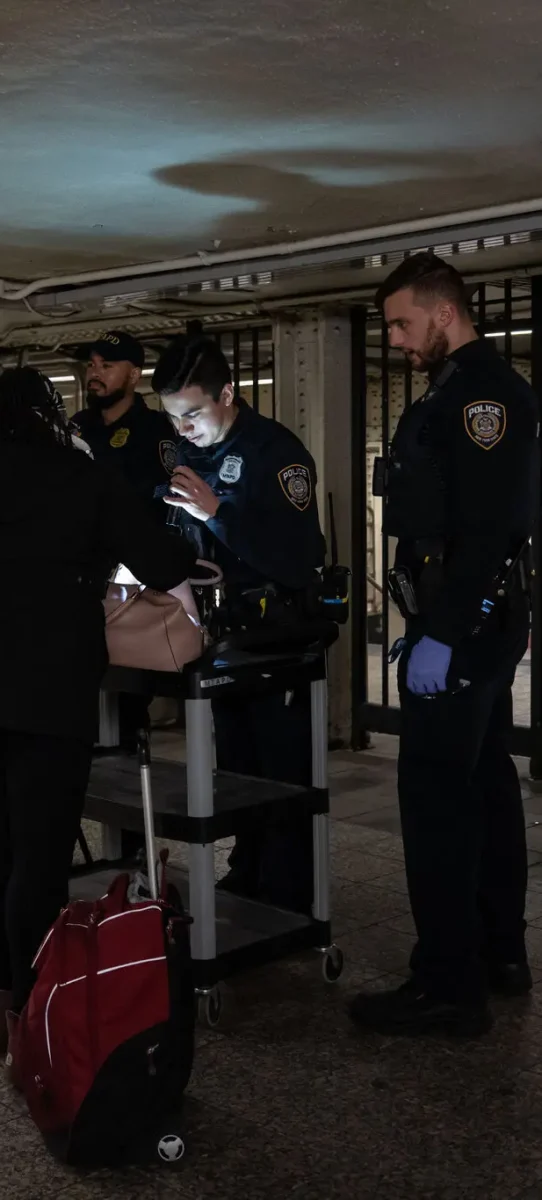Crime in the subway system in New York City is constantly the headline on ABC7 Eyewitness News. As of February, the New York Police Department (NYPD) reported that arrests on the transit system, which account for less than 2% of crimes in the city, are up 45% this year. As ABC7 Eyewitness is one of the main news channels reporting on New York in my town, it is truly shocking to hear about these incidents.
After riding on the subway system, it feels like an alternative universe, as the horrifying crimes committed by seemingly innocent riders are unimaginable to those who are unfamiliar with New York City’s subway. Yet, despite these horrifying statistics, the subway continues to see millions of users, as it is the one of the only affordable and reliable modes of transportation to get to work and other necessary areas in the city.
To handle this ongoing crisis, on March 6, the governor of New York, Kathy Hochul, announced her plan to send the National Guard to conduct randomized searches of riders’ bags for weapons following multiple recent crimes. The plan entails sending 750 personnel to assist the 250 NYPD members on site to check bags at the entrances of busier stations. Hochul’s hope, as she has stated at a news conference, is to deter people from bringing a gun or knife, knowing that there is a greater chance of being caught.
Overall, theoretically, this proposal sounds like an effective strategy, and if all goes to plan, it could be successful in reducing the amount of such incidents on the subway. The question is: how long does Hochul plan to have these personnel deployed?
What is the plan when they disperse, and how will offenders react to seeing law enforcement at the stations? Will they really be deterred, or will they be more motivated to try to commit such crimes?
With over three million riders on a daily basis, a second concern that I see, and that many others have also pointed out, is how will the police and the National Guard decide who to stop and handle the concerns if overwhelmed? There are far too many commuters to check everyone’s bag. Will the police stop a mother with a stroller whose hands are full, or a group of tourists in awe of the fast-paced movement throughout New York?
Will the police have to resort to internal biases of what they believe an offender would stereotypically look like to make such searchers? Progressive activists worry that this practice will begin to resemble the discriminatory stop-and-frisk policy in New York City that occurred during the early 2000s.
Ironically, just a few hours after being deployed, a Good Samaritan was slashed by two men after he tried to help an elderly woman being taunted at a Bronx station. This individual required eight stitches to treat his injury but is now doing well. Another incident a few hours later in the early morning involved a conductor being hit by a passenger, who left after the train was stopped in the Bronx.
Even with these incidents reported, as of March 16, Hochul shared that her plan with deploying the National Guard is working as expected. Only with time will we know the effectiveness of the plan, and at what cost it came.




























